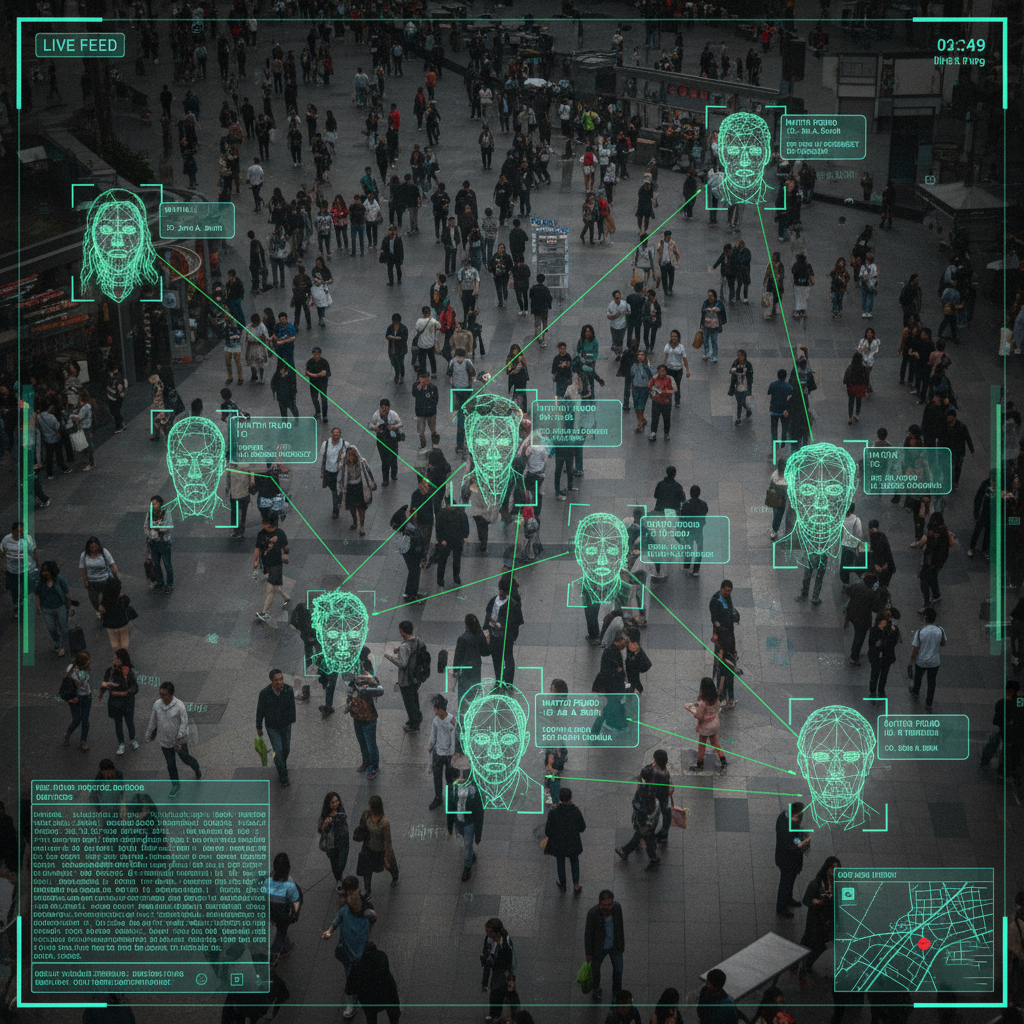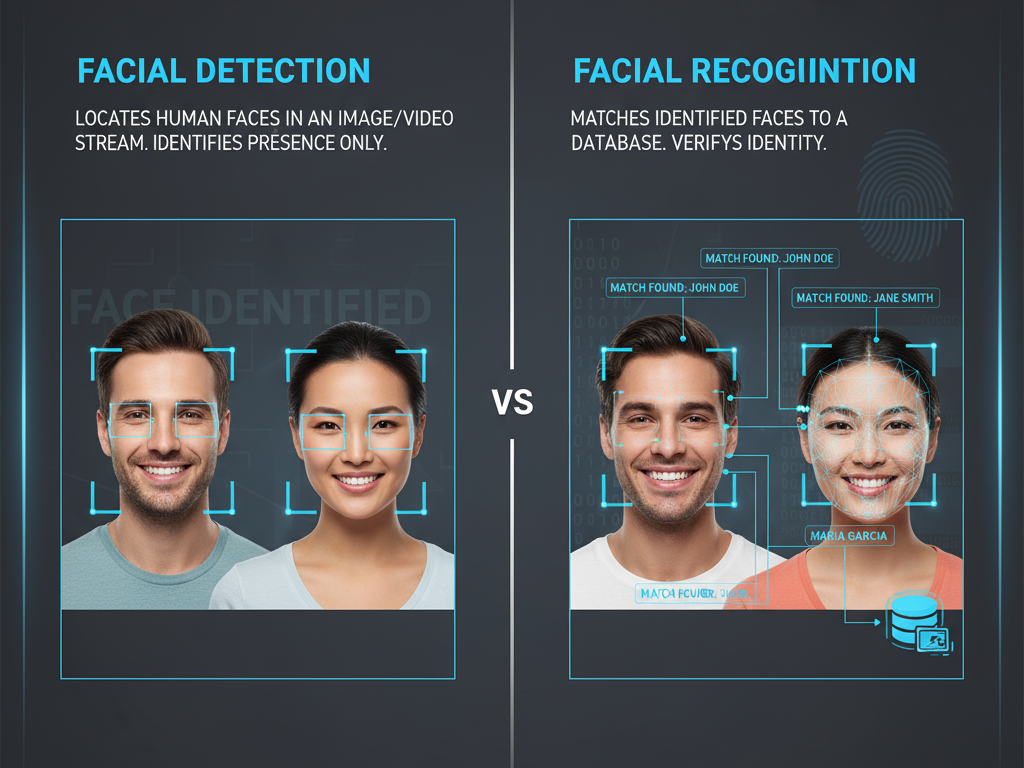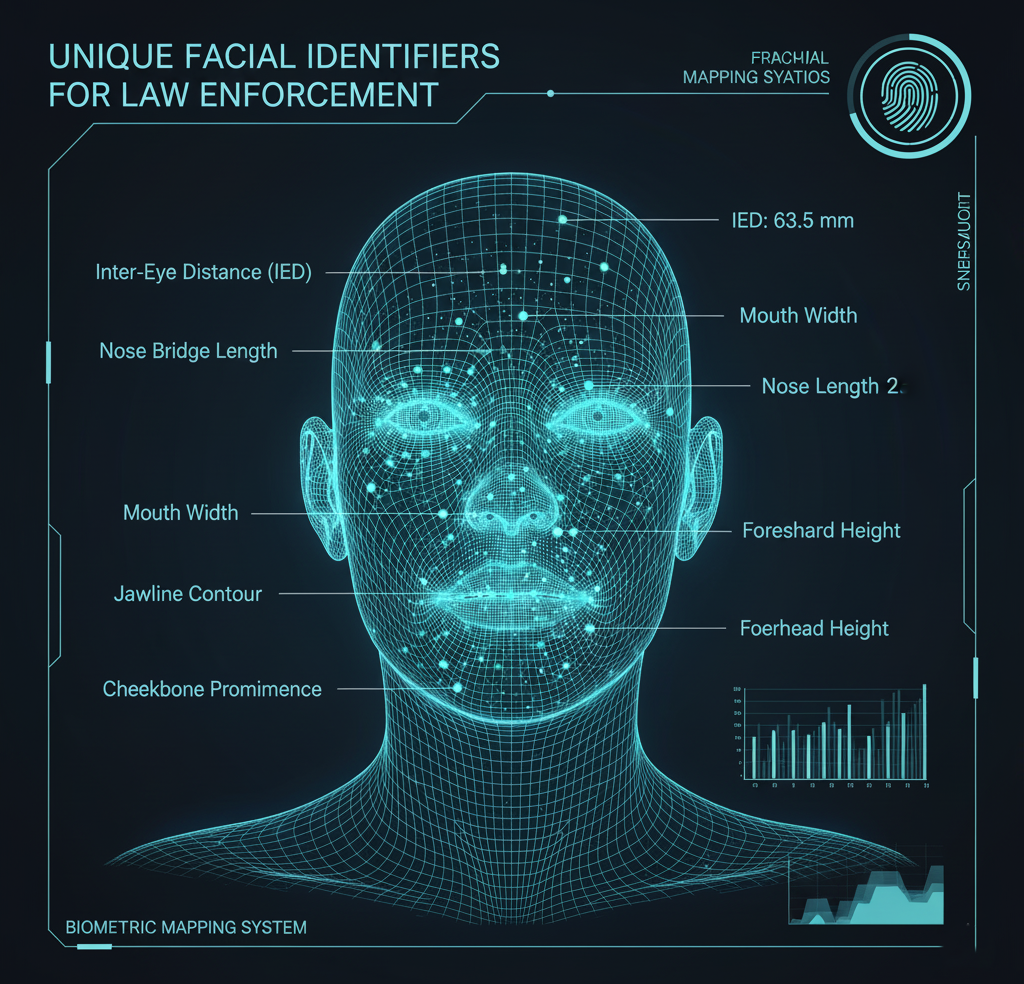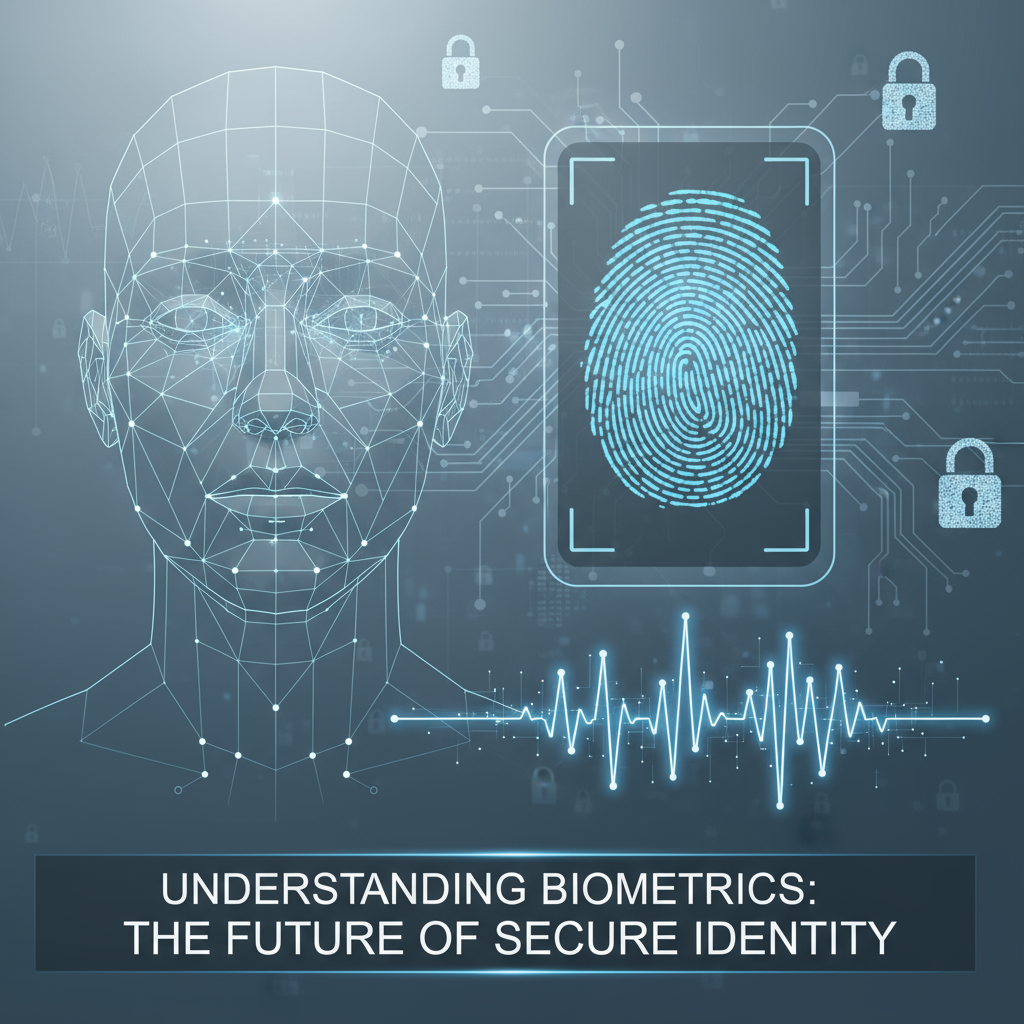Biometric technologies have played a crucial role in law enforcement for over a century. From the early use of fingerprint evidence in the 1900s to today’s sophisticated biometric systems, law enforcement agencies have continuously leveraged biometric data to strengthen investigations. Among these advancements, facial recognition technology (FRT) has emerged as a powerful tool, enhancing traditional biometric methods such as fingerprint and palmprint analysis. By integrating facial recognition with existing biometric databases, law enforcement can improve the speed and accuracy of suspect identification and case resolution.
How Facial Recognition is Used in Law Enforcement
Facial recognition technology compares photographs or video images of individuals against large databases to identify potential matches. This capability enables law enforcement to accelerate investigations and trace suspects’ activities more efficiently. Common applications include:
- Matching a suspect’s picture with video footage from ATMs to identify fraudsters.
- Comparing known or suspected terrorists’ photos to CCTV surveillance for security monitoring.
- Using images of kidnapping victims to search through closed-circuit security footage for their whereabouts.
Unlike eyewitness testimony, which can be unreliable due to human memory limitations, facial recognition provides objective, data-driven evidence to support investigations.

Differentiating Face Detection and Facial Recognition
It’s important to clarify the difference between face detection and facial recognition:
- Face Detection identifies the presence of a face within an image or video frame, such as detecting if a person appears in a crowded scene.
- Facial Recognition goes further by comparing a detected face to specific known individuals’ images to verify identity.
Facial recognition technology builds on face detection by measuring unique facial features—such as distances between eyes, nose, and mouth—to create a biometric “faceprint.” This precise measurement allows law enforcement to accurately identify individuals, even in challenging conditions.

Use Cases and Alignment with Law Enforcement Needs
Face detection technologies are useful for automating tasks like counting people in a store or event, but they lack the precision required for criminal investigations. Facial recognition, by collecting and analyzing comprehensive biometric data, aligns more closely with law enforcement’s need to identify specific individuals. Use cases include:
- Spotting a person of interest making purchases in retail environments.
- Locating suspects hiding within crowds at large public events.
This enhanced precision makes facial recognition an invaluable tool for real-time suspect identification and crowd surveillance.
Benefits of Facial Recognition Technology in Law Enforcement
Law enforcement agencies reap several significant benefits from adopting facial recognition technology:
- Faster Investigation Times: Automated biometric matching speeds up suspect identification and missing person searches, reducing manual workload.
- Closing Cold Cases: Facial recognition relies on immutable features, helping to identify suspects years later, even if their appearance has changed over time. For example, the FBI successfully identified a criminal after a 16-year search using facial recognition.
- Rapid In-the-Field Identification: Officers can quickly verify a suspect’s identity against federal and state databases, enabling effective decision-making regarding arrest warrants, past criminal activity, or use of false identities.
Surveys show many federal law enforcement agencies now own or use facial recognition systems, underscoring the technology’s growing adoption.
Key Features and Considerations for Law Enforcement Facial Recognition Systems

To maximize effectiveness, law enforcement agencies should look for facial recognition systems with:
- Robust Matching Capabilities: The system should accurately identify faces even when lighting is poor, or suspects attempt to conceal their identity. It should also account for natural aging.
- Speed and Scalability: Rapid search processes and the ability to handle expanding biometric databases are essential for timely investigations.
- Remote Search Functionalities: Secure access to local, state, and federal biometric databases enhances information sharing across agencies.
- Integration with Biometric Systems: Combining facial recognition with fingerprint, iris, and palmprint data strengthens identity confirmation and evidentiary value.
Selecting the right biometric identification technology can significantly improve investigatory outcomes and law enforcement efficiency.
Challenges and Ethical Considerations
Despite its benefits, facial recognition technology raises important concerns:
- Privacy and Data Governance: The collection and sharing of biometric data must comply with privacy regulations and ensure secure handling to protect citizens’ rights.
- Accuracy and Bias: Systems must be rigorously tested to minimize false positives or negatives and address potential biases that could impact marginalized communities.
- Legal and Ethical Implications: Agencies must navigate evolving laws and public sentiment regarding surveillance and civil liberties.
Balancing technology adoption with responsible practices is critical for maintaining public trust.
Conclusion
Facial recognition technology offers a compelling value proposition for law enforcement by enhancing identification accuracy, accelerating investigations, and enabling the resolution of cold cases. As this technology advances, agencies that adopt biometric identification systems integrated with facial recognition stand to benefit from improved efficiency and effectiveness. However, careful consideration of ethical, privacy, and legal issues will remain essential for responsible use. Exploring the right facial recognition solutions allows law enforcement to better serve and protect communities in a rapidly changing technological landscape.




